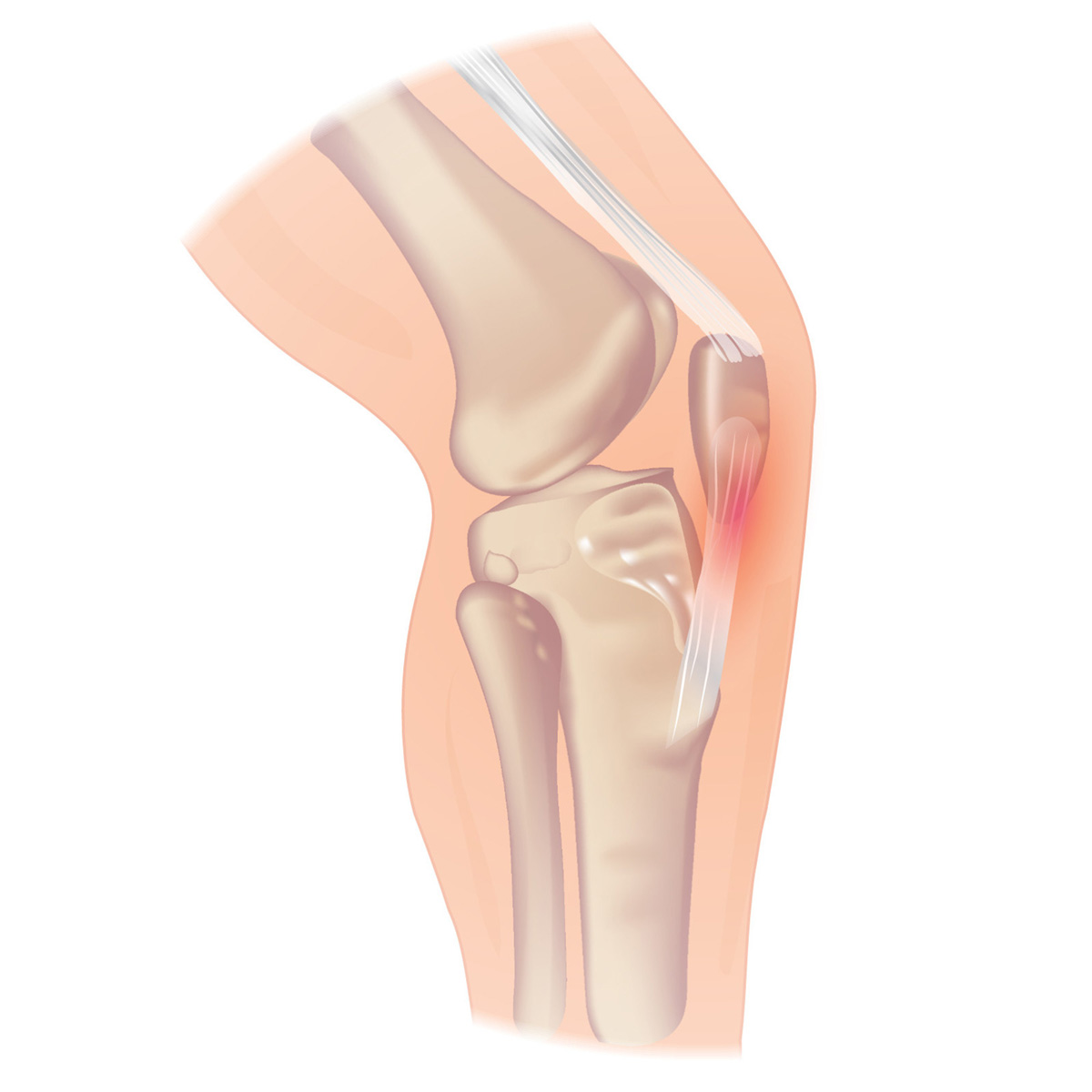
Description of the Ailment
Jumper’s knee is the medically referred to as patellar tendinopathy. Patella is a very strong ligament whose primary function is to connect the shin bone and kneecap. It is also responsible for allowing the quadriceps muscle group to straighten the leg. This occurs during the propelling of the person off the ground and in the process of stabilization of the person’s landing back on the ground.
The tendon is exposed to excessive amounts of stress and strain especially in those who indulge in sports and other similar activities that require plenty of jumping and sudden direction changes. Repeated wear and tear causes the collagen in the tendon to degenerate.
Symptoms
There are a few common symptoms which are clear indicators that a person suffers from jumper’s knee. The symptoms include stiffness and aching after exertion, an enlarged tendon, calf weakness, painful bottom and front portions of the kneecap, painful contractions of the quadriceps muscles and sometimes an association with poor function of the vastus medialis obliquus.
Jumper’s knee may seem like an injury that is not that serious in its nature, but if it does not get the proper treatment it may evolve into a chronic injury which can only be resolved by a surgery. Grade one injury involves pain only after trainings. Grade two involves pain before and after the training but it gets better once it warms up. Grade two can be recognized by the pain that reduces the quality of the performance, while the most severe grade four involves pain which is present in all everyday activities.
Tips and Treatment
The severity of the injury usually dictates the length and the nature of the treatment. The most severe cases can only be treated by a surgical intervention. A person needs to rest as much and sometimes an adaptation to trainings is required. Cold therapies, knee straps and knee supports are highly recommended because they may be very efficient in reducing the pain and easing the strain. Different massage techniques and rehabilitation programs can also be of great help.
The treatment is usually a slow process which requires to rest as much as possible for several months. Conservative treatment involves ice packs, massage therapies, apronitin injections, and muscle strengthening programs. Surgical treatment is usually the last option which must be used if all the other alternative solutions fail to succeed in treating the condition properly. Surgery may involve a lateral release or the excision of the affected area. A rehabilitation program is a must after the surgery.






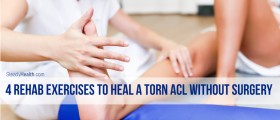


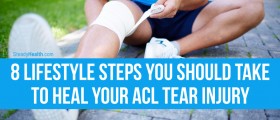
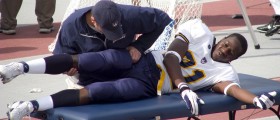
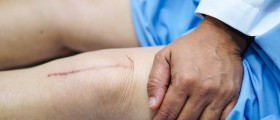

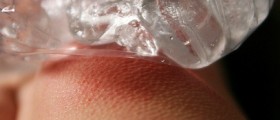



Your thoughts on this
Loading...